Financial incentives are currently misaligned between students and higher education institutions. Although higher ed attracts students with promises of intellectual development and accredited degrees that will help them secure high paying jobs, the reality is it has few, if any, financial incentives to ensure those promises are fulfilled once students pay the enrollment fees.
In its current financial structure, higher ed is a business that trades course credits for money, and many college students have to take student loans to afford the 120+ credit hours they need to graduate. But these credit hours and degrees don’t come close to painting a meaningful picture of a student’s intellectual development or academic achievements.
Searching for solutions, educators around the world are brainstorming novel ideas that can better align incentives between students and higher education. Professors are experimenting with educational NFTs, or non-fungible tokens that are immutably stored and verified on blockchains. These educational NFTs have the potential to better measure the academic value students receive, ensure a more cohesive student experience from enrollment to graduation, and re-align the financial incentives between students and higher ed.
Before diving into the three use cases educational NFTs provide, it’s important to note a technological barrier. Today’s NFTs are transferable, and we will need to develop non-transferable NFTs in order for educational NFTs to be bound to the students and teachers.
1. NFTs Can Record Student Achievements From Moments Of Their Life In A More Fun Way
Since there are millions of students that graduate and receive a similar amount of credits each year, it’s difficult for employers to decide which student to hire based on the degree or GPA alone. Instead, employers mostly inform their decision based on the student’s resume, a one page document that mainly focuses on leadership activities and work experiences outside of the classroom.
However, these resumes aren’t a great experience for both students and employers. For students, they are responsible for spending hours learning how to package their achievements. For employers, they are responsible for finding the perfect candidate out of a stack of very similar resumes that are often only looked at for a few seconds. It can also be difficult for employers to verify the experiences listed on the resume, as they may be slightly exaggerated or completely fabricated.
An alternative to resumes is educational NFTs. NFTs are popularly known for storing jpegs of monkeys, but they can also store other information. For example, professors can give their students educational NFTs when they successfully complete their courses. These NFTs can have a visual representation and also store detailed information about the course’s syllabus and include the student’s unique accomplishments in the course.
Professor Beau Brannan pioneered NFTs in education in 2021, and his students loved it. Brannan not only issued NFTs to his students who completed his personal finance course, but also let his students issue an NFT to him, creating a two-way social contract that incentivizes both students and professors to help each other succeed.
Below is a visual representation of the NFT Beau Brannan issued to his students for completing his personal finance course.

2. NFTs Give Students A More Cohesive Learning Experience From Enrollment to Graduation
Many teachers are passionate about helping students fill educational gaps while also challenging them. However, it’s currently difficult for professors who are receiving a new set of students every semester to quickly assess the strengths and weaknesses of their students. If students are issued educational NFTs that record their past academic knowledge and experiences, subsequent teachers can view a student’s educational NFT collection to better understand the student’s starting point.
Upon graduation, employers can then publicly view these educational NFTs on the blockchain, which verifies the student’s accomplishments and strengths. This is better for both students and employers. Students no longer need to waste time crafting resumes that employers can’t easily verify. Employers looking to hire recently graduated college students can look at their candidate pool’s educational NFTs to see their accomplishments and trust that the information is accurate and truthful.
3. NFTs Can Be Used To Align Financial Incentives Between Students and Higher Education
Here’s an idea to discuss further: What if students could automatically get refunded a portion of their tuition if the academic institution fails to fulfill their promise of academic development during college or employment after graduation?
For example, income share agreements (ISAs) currently provide students with educational funds in exchange for a portion of their future salaries.
These ISAs can be tokenized so that smart contracts, or blockchain based programs that automatically execute after predetermined conditions are met, can automatically provide funds to students once they enroll in schools and pay the tokenized ISA providers once the students land high paying jobs.
Similarly, NFTs, via smart contracts, could also withhold a portion of tuition fees from the schools until the students achieve the agreed upon milestones that the school promised. If the schools fail to meet the milestones, the students could get a portion of their tuition automatically refunded.
Conclusion
Educational NFTs are still a new concept and face many operational barriers. These barriers of mass adoption include high gas fees and difficult wallet onboarding processes. More debate and experiments are needed to determine if NFTs in education will provide lasting value in the future.
However, companies are investing billions of dollars into creating the metaverse, and they’re developing technologies that will allow millions of people to onboard significantly easier. It’s important for educators to initiate these discussions with students who will be the leaders shaping the future of the metaverse and society.
Feature image credit Peter bo



